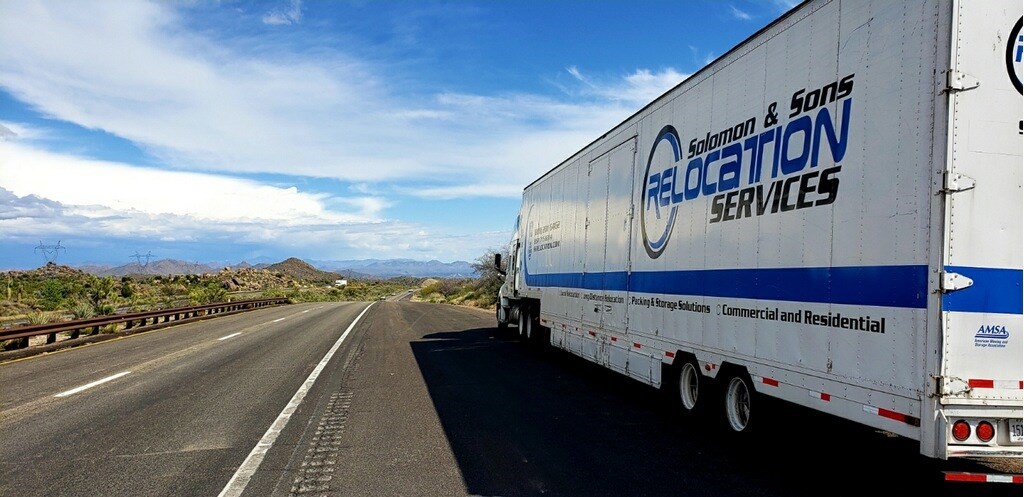You can tell a lot about someone by looking at their possessions. While we all have things like clothes, dishes, shelves, and tables, it's the optional items that are really the best sign of someone's personality and they often the most difficult to move. Some people have telescopes and star maps, others have garages full of camping gear, large workout equipment, or a collection of complex woodworking tools. However, the people who have the most difficult time by far moving their favorite hobby possessions are pianists. Normal little pianos pose a certain amount of challenge but if you are lucky enough to have bought or inherited a beautiful grand (or even a baby-grand), a few extra steps are necessary to secure and move your prized instrument. Fortunately, professional movers know how it's done.
The Wrong Way to Move a Piano
There are a lot of wrong ways to move a piano and, unfortunately, a lot of people who move themselves make the mistake of simply trying to wrap it in blankets and roll it into the back of the truck. The reason why this doesn't turn out well is because the inside of a moving truck is not perfectly stable once you get going. Every turn, stop, and bump in the road can cause your piano to shake or crash into the sides of the truck. Even if you wrap it and lock the wheels, the rocking and shaking of the truck can put your fine instrument in jeopardy.The Right Way to Move a Piano
So how do you move a grand piano safely if it doesn't go directly in the moving truck? The answer we've found in many years of moving experience is to disassemble, pad, and crate the whole thing in nice safe pieces and secure the crates tightly into place in the truck. Your piano bench can be safely moved as normal furniture.Remove the Legs
The legs are actually one of the biggest reasons a piano is in danger standing in a moving truck. The first step to successfully moving a grand piano is to carefully remove and pack the legs separately so that we're only dealing with the box and lid.
Pad the InsidePianos are delicate and finely tuned instruments and we want to keep the mechanisms as safe as the glossy black finish. Depending on the model of piano, you may want to put a pad inside to keep the hammers and strings safely in place during the move.
Wrap the OutsideSpeaking of that glossy finish, one of the things that makes a grand piano special is that it is also a work of art and makes any room more beautiful. To protect the outside of scratches, chips, and scuffs, wrap the piano and the legs in thick soft packing material.
Crate EverythingFinally, pianos are oddly shaped but they need to fit snugly in a truck full of square boxes. For this reason, and to protect the pieces further, pack both the legs and the body into sturdy crates. It is now safe to load your piano carefully into the truck.
Consider Insurance
Finally, no move is a guaranteed success. From bad storms to accidents on the road, it's important to understand that when you're in transit, you and all your worldly possessions are subject to the risks of the road. On the rare but possible chance that something does happen to your moving truck or piano while you're moving, you may want to get your prized instrument insured. At least until the move is over.
Moving a grand piano is no laughing matter but it doesn't have to be a big stressful hassle either. If you're confident in your own ability to pack and move, remember to handle your piano with special care. Otherwise, simply ask your professional movers to take care of it and they'll happily disassemble, pad, pack, and crate your piano for you.
Tags
Subscribe to Solomon & Sons Relocation Services's Blog














Comments